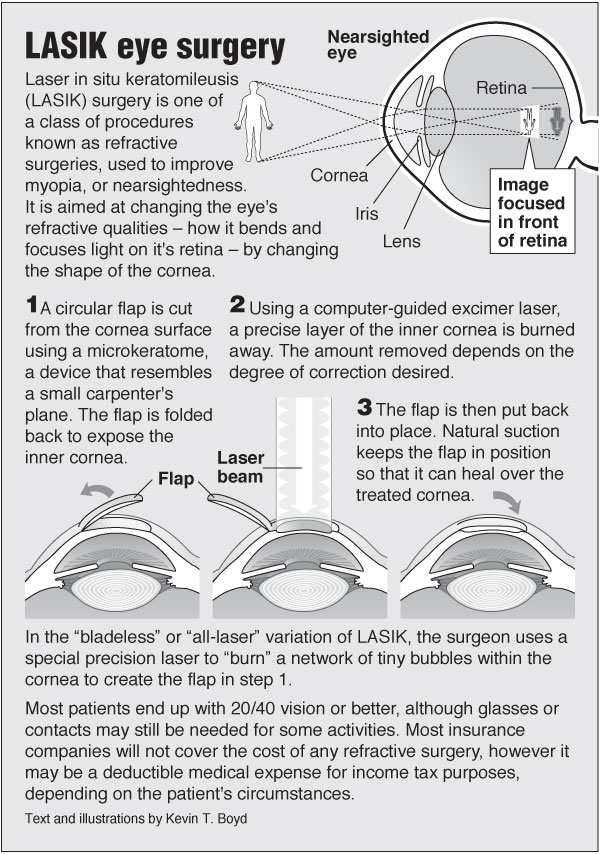Start An Exciting Journey Through The Development Of Cataract Surgery Methods, From Ancient Origins To Cutting-Edge Advancements That Are Improving The Future Of Eye Care
Start An Exciting Journey Through The Development Of Cataract Surgery Methods, From Ancient Origins To Cutting-Edge Advancements That Are Improving The Future Of Eye Care
Blog Article
Write-Up Created By-Ottesen Kearney
As you explore the advancement of sophisticated cataract surgical treatment techniques, you'll witness a journey marked by resourcefulness and precision. From ancient approaches that led the way for modern advancements to innovative innovations that are reinventing the field, the thorough overview of cataract surgical treatment techniques is a testament to human development and devotion to enhancing patient outcomes. The complex interaction between historic methods and advanced improvements creates an intriguing narrative that clarifies the development of one of the most typical procedures worldwide.
Historic Techniques and Advancements
Check out exactly how early specialists transformed cataract therapy by employing cutting-edge techniques and tools. In the past, cataract surgical treatment was a risky and unpleasant procedure. Nevertheless, ancient Indian medical professionals were amongst the first to try surgical treatments for cataracts, making use of a strategy called 'couching' where a sharp instrument was made use of to press the cataract back into the eye. This technique, though crude by today's criteria, prepared for future improvements in cataract surgical procedure.
As time progressed, Arab medical professionals made considerable contributions by developing specialized needles for cataract removal. These needles were utilized to puncture the cataract and then extract it from the eye, noting a considerable renovation in medical accuracy.
Later on, in 3 months post cataract surgery , the French doctor Jacques Daviel spearheaded the technique of extracapsular cataract extraction, where the entire lens was gotten rid of intact through a larger cut. This noted a significant development in cataract surgical treatment methods, paving the way for the contemporary treatments we use today.
Modern Surgical Approaches
Early techniques in cataract surgical treatment have actually evolved substantially, resulting in the growth of modern medical methods that focus on precision and enhanced individual results. Modern cataract surgical treatment now often entails a treatment called phacoemulsification, where an ultrasonic device breaks up the cataract for elimination through a tiny laceration. This strategy permits quicker healing and decreases the danger of issues contrasted to older techniques.
In addition, the use of advanced intraocular lenses (IOLs) has actually reinvented cataract surgery end results. These lenses can correct not just the cataract yet additionally various other refractive errors like astigmatism, lowering the need for glasses post-surgery.
Surgeons today additionally have accessibility to advanced imaging modern technologies that help in specific preoperative planning and intraoperative decision-making. Optical coherence tomography (OCT) and various other imaging modalities provide comprehensive pictures of the eye's frameworks, allowing for an extra customized strategy per patient's surgical procedure. With these developments, contemporary cataract surgical procedure strategies remain to enhance, supplying clients more secure procedures and much better aesthetic outcomes.
Emerging Technologies in Cataract Surgical Procedure
With improvements in innovation revolutionizing the area, cataract surgical procedure is observing the assimilation of cutting-edge strategies for boosted patient outcomes. Arising technologies in cataract surgical treatment are reshaping the landscape of sensory procedures. One such advancement is femtosecond laser innovation, which allows for accurate corneal lacerations, capsulotomies, and lens fragmentation, causing enhanced surgical precision and outcomes.
In addition, intraoperative aberrometry is obtaining appeal, making it possible for real-time measurements of refractive mistakes during surgical procedure to enhance intraocular lens power calculations and minimize postoperative refractive shocks.
Additionally, using advanced imaging technologies like optical comprehensibility tomography (OCT) and intraoperative wavefront aberrometry help cosmetic surgeons in accurate medical preparation and implementation. These devices supply thorough physiological info and help tailor medical strategies for each and every patient's special eye features.
Furthermore, mouse click the up coming web site in expert system are being discovered to assist in preoperative preparation, intraoperative decision-making, and postoperative treatment, possibly maximizing medical results and individual satisfaction. Accepting these emerging innovations in cataract surgical treatment holds assurance for further improving patient results and ensuring the proceeded advancement of ophthalmic surgical methods.
Conclusion
As you journey via the history of cataract surgical procedure, you witness the change from old methods to sophisticated modern technologies. Like a phoenix climbing from the ashes, cataract surgical procedure has actually evolved into a sign of hope and innovation.
Equally as a caterpillar arises from its cocoon as an attractive butterfly, cataract surgical treatment has blossomed into a refined art type, offering people more clear vision and a brighter future.
The development continues, radiating a light on limitless possibilities.
